One Second
2020,Individual project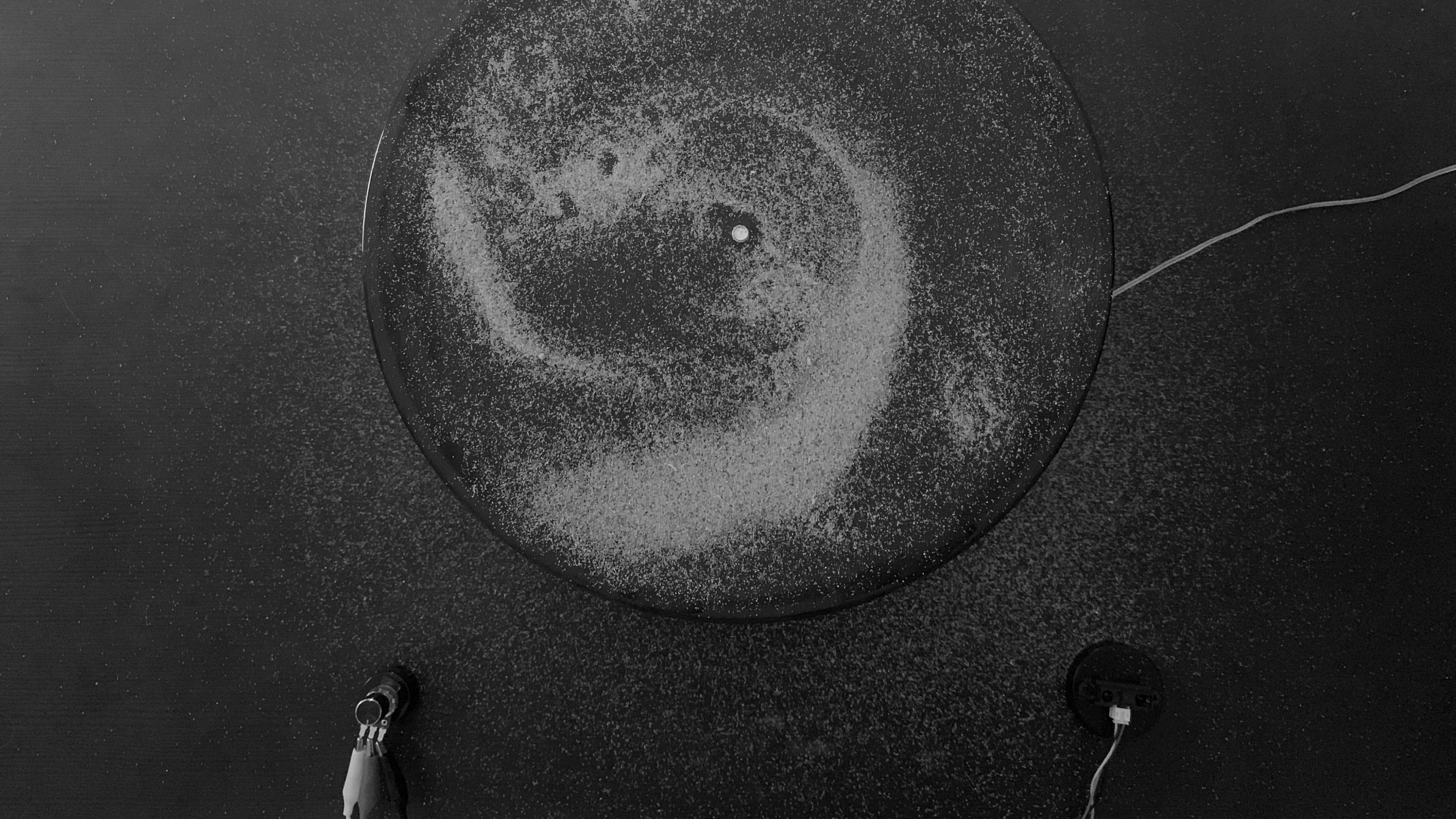
Deliverables
Interactive Installation
User Experience Design
Speculative Design
Research Methods
Focus Group
User Testing
Interactive Installation
User Experience Design
Speculative Design
Research Methods
Focus Group
User Testing
An interactive installation that focus on visualizing sound and time.
An experience of feeling time based on sound and vibration, making intangible things to tangible, thus, being aware of time in every second and finding peace from it.
Inspiration


In Christine’s project “Closed Captions”, she provides captions for deaf people to feel the sound. She describes a piece of violin music as
“Mournful violin music that sounds like crying alone in an empty bar, in 1920s Paris, you’re wearing a very tiny but fashionable hat that you tip to the bartender as you order a fourth martin”
What’s the physical form of sound or if they are physically exists since sound is intangible?


The bouba-kiki effect was discovered by German psychologist Wolfgang Köhler almost a century ago. This example is an illustration of sound symbolism—that is, the idea that certain sounds have certain primal meanings.
Focus Group
What objects can respresent one second?

How do you think the relations between sound and time?
- Clock is the most accessible object to indicate time, sound is another way to represent time.
- We feel time fly slow sometimes and fast other times from our perception, but when we hear one beat we know it’s one second, sound help us measure time.
- In terms of physics, the frequency of sound is measured in hertz (Hz) which is one cycle per second.
- Sound could be permanent when it’s recorded, then time would be existing within the memory, yet, to be eternal.
Ideation
How to visulize sound, and what equipment?
From the scientific perspective, sound is a type of energy made by vibrations. When an object vibrates, it causes movement in surrounding air molecules. These molecules bump into the molecules close to them, causing them to vibrate as well.


DIY bass shaker tactile transducer which is the equipment transduces vibration
What objects or sound can be used for the vibration?

Experiments on different objects and sound is very important, it also helps with developing new ideas.
How would the interaction look like?
- From the perspective of sound: Control of sound, such as the frequency, loudness, etc. The ways of controlling could be distance and pressure sensors.
- From the perspective of time theory idea: the time flow can be seen or feel along with the sound and interaction.
The whole installation is look like an big sand clock, when all the sands flow to another side of glass means one minute. I’ll use the same idea to measure time, and sound by vibrations of different objects.
Design process

- Cut the cone out from the subwoofer
- Make a piece of flat plastic as the base
- Glue a long nail on the top
- Drill a hole at a piece of acrylic plate that can go through the long nail
- Add a hex nut on the top of the acrylic plate to make it stable
- Drill other holes to mount the subwoofer to on the woodboard



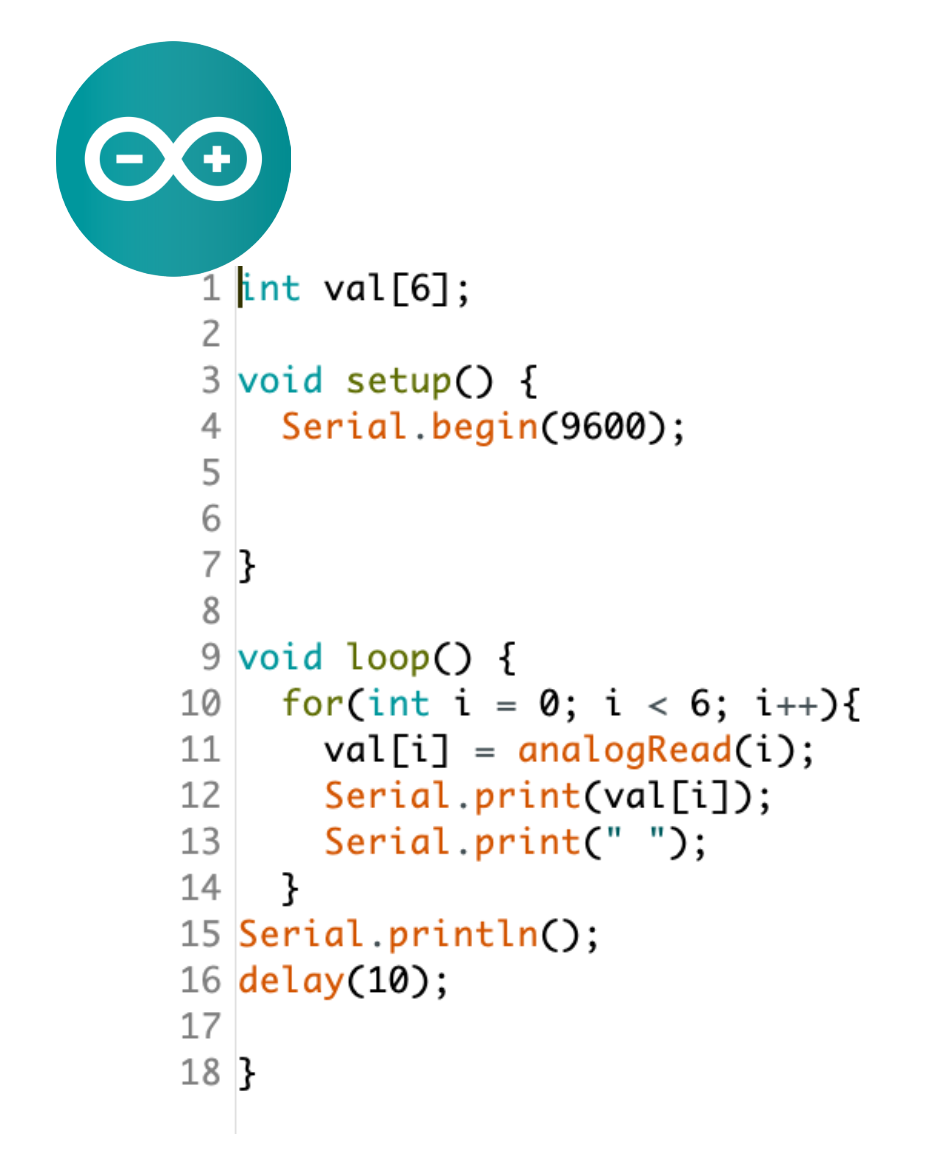
Sending data from the IR sensor and the Knob sensor connected with arduino to maxmsp/jitter to control over sounds with hands interaction.
Mounting the bass shaker to a woodboard, setting up the distance sensor, placing tacks on the top of the woodboard. Unfortunetly, I can barely see the objects are jumping or reacting to the sound, but the long nail is transimiting vibrations for sure.
So I try to use some other lighter materials, such as salt, sesame, and also try to add paints to it so that it could be better show the small movements.
So I try to use some other lighter materials, such as salt, sesame, and also try to add paints to it so that it could be better show the small movements.

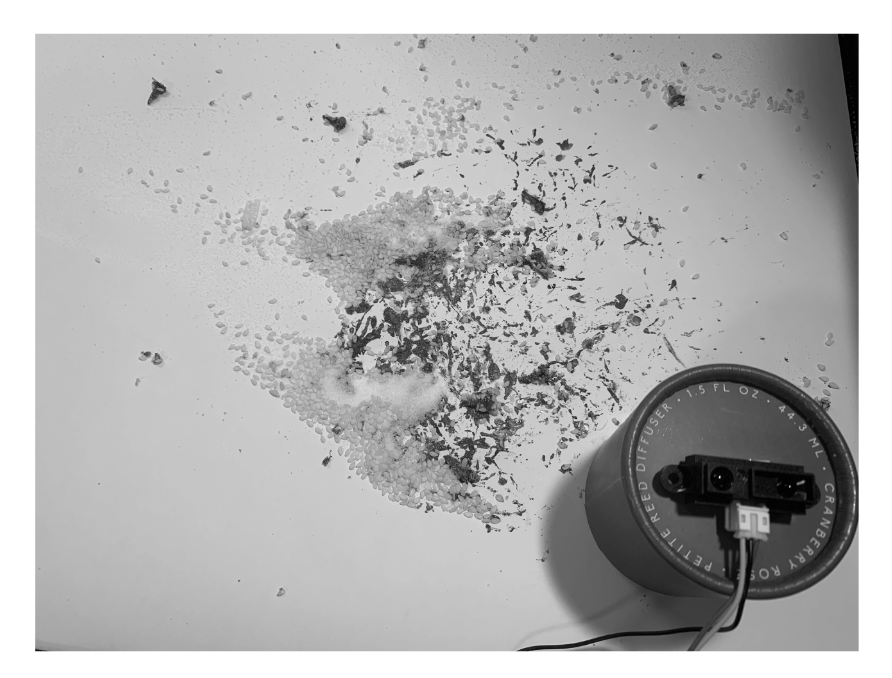


Research & Experience
Through the first try on sound visualizing, I realize that the woodboard that connects to the bass shaker actually absorb a lot of sound. Apparently, wood material is not an ideal medium to be used in this project, so I try to do some research again.
“Sound is an alteration in pressure, stress, particle displacement, and particle velocity, which is propagated, in an elastic material, or the superposition of such propagated alterations. The term vibration generally has an implication that all the particles in a finite region are moving in phases” which means thin and elastic materials will be easy for sound to be propagated.
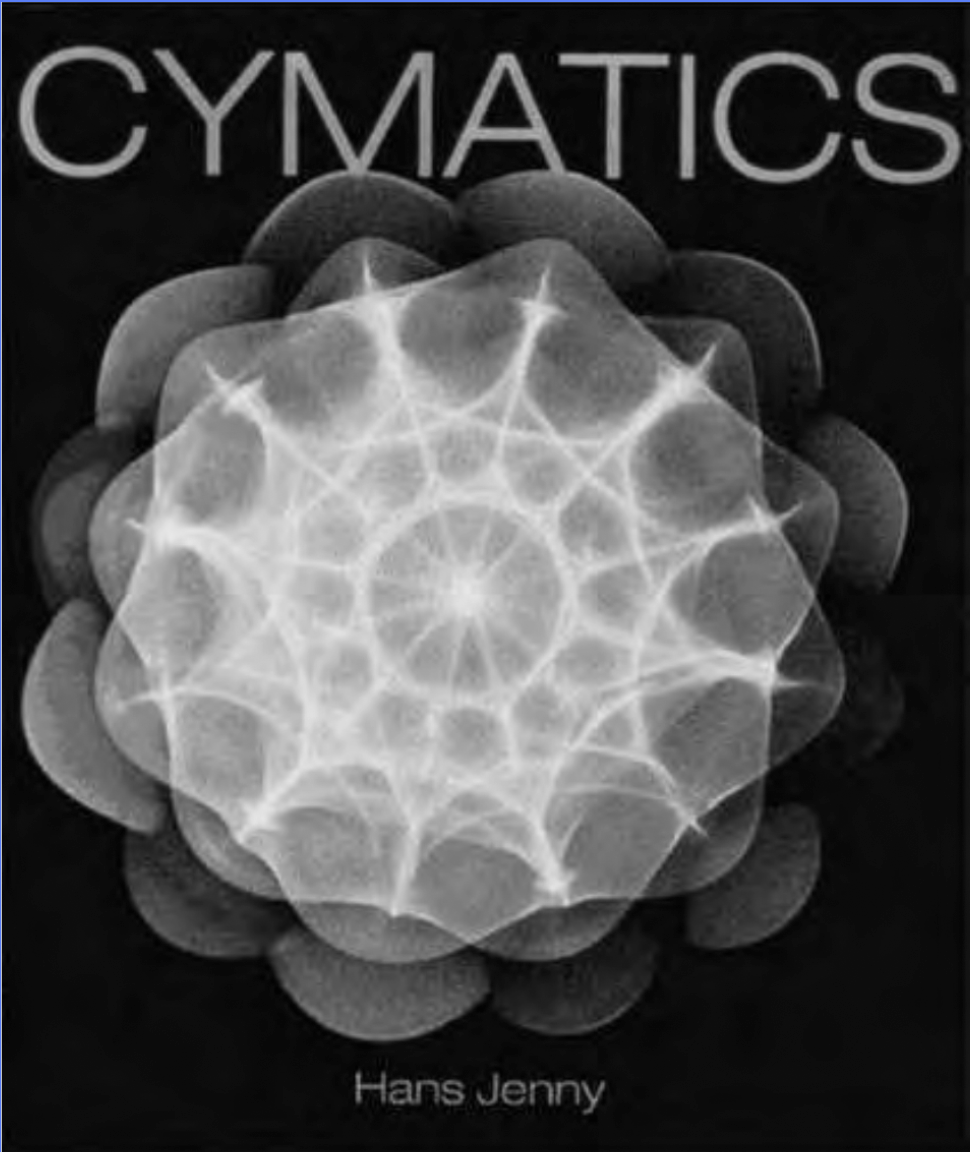
According to “A Study of Wave Phenomena and Vibration by Hans Jenny”, Cymatics is a subset of modal vibrational phenomena.

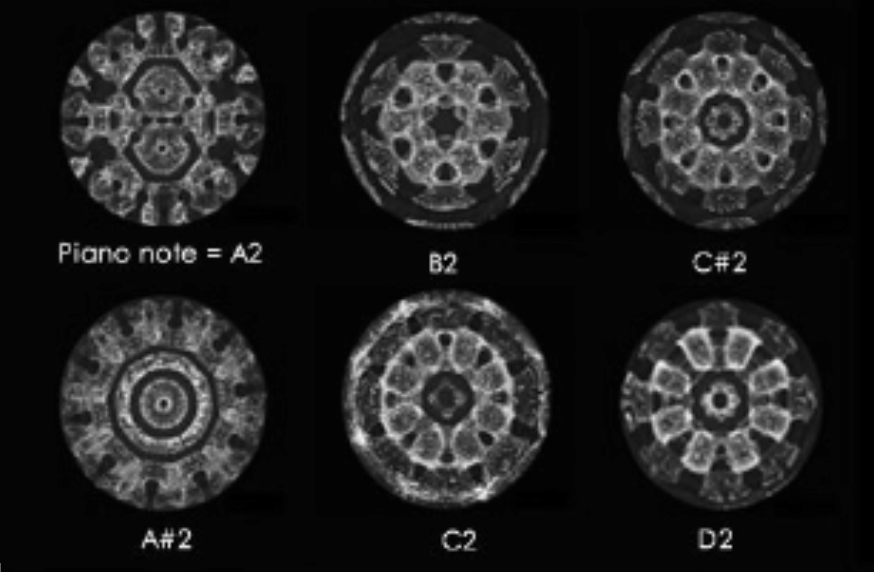

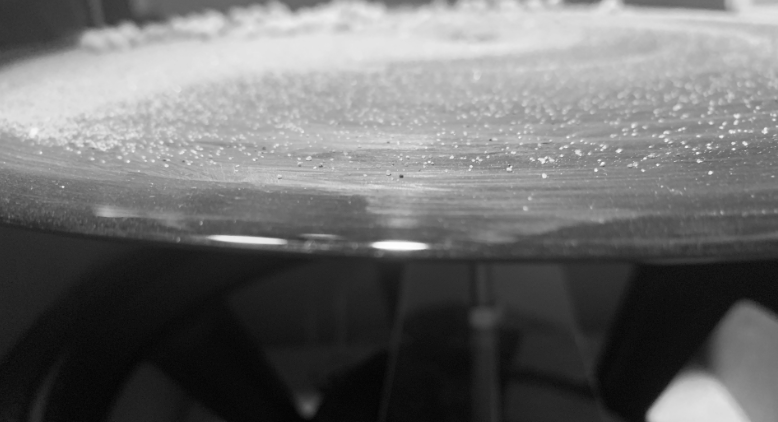
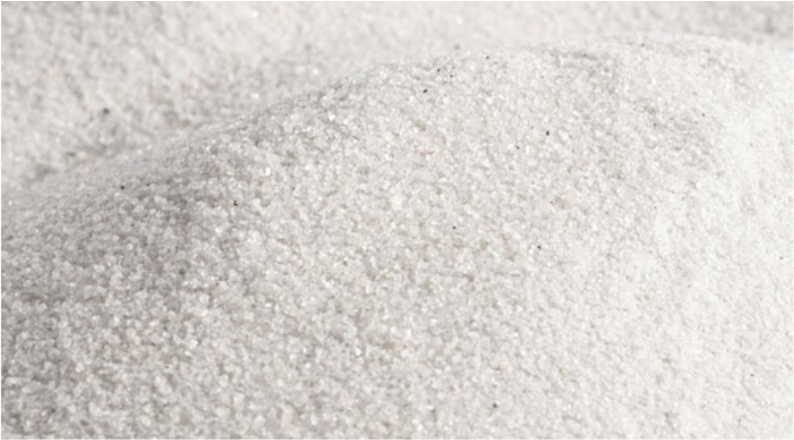

Except ambient sound and voice, other sound source is strictly 1 second. And also the low frequency sound can make more vibrations.


Final Deliverable
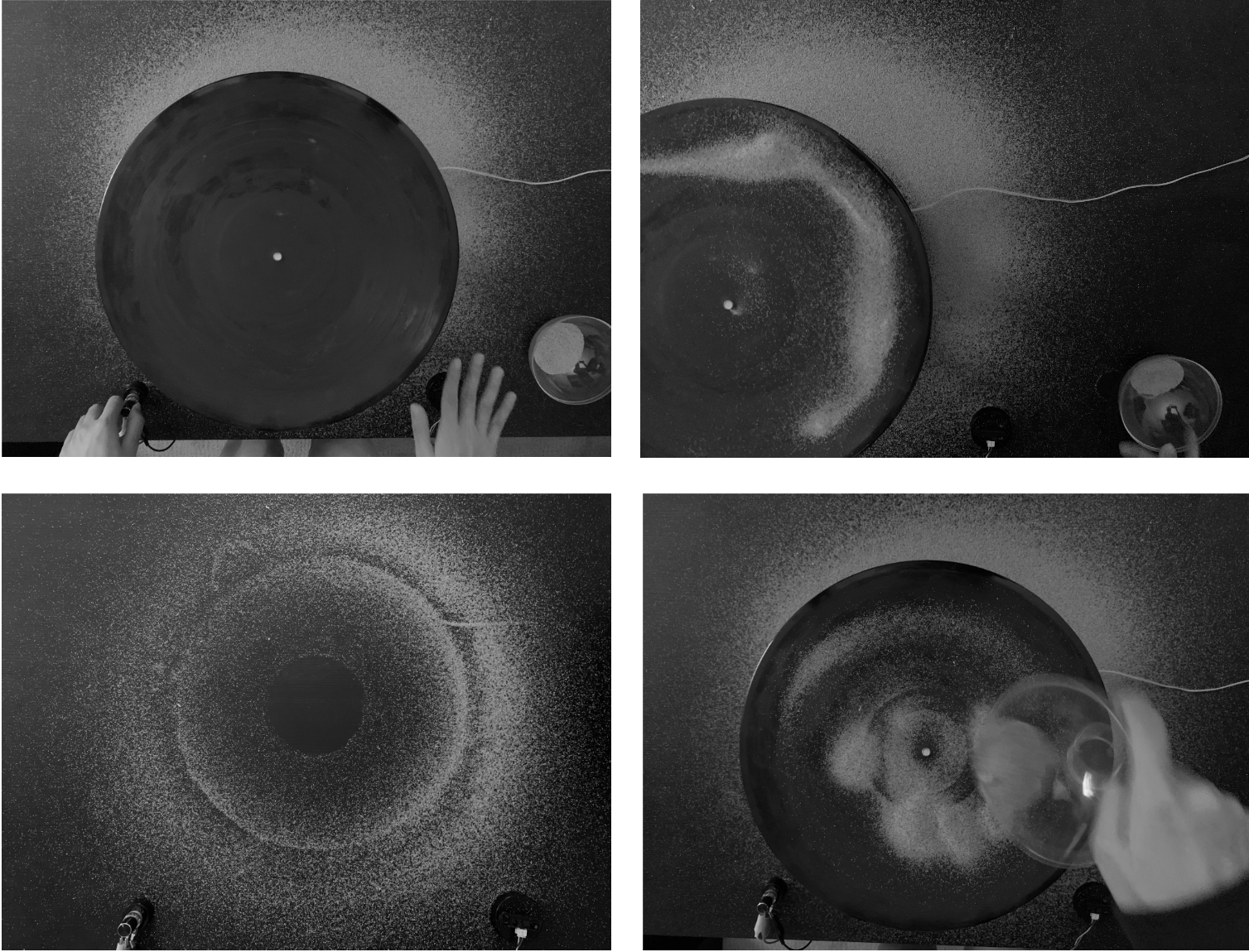

Paticipents get a cup of sand at the begining, and they can pour them on the top of the plate and interact with the installation until all the sands are gone. The limited sand means limited time but paticipents could control the speed and frequency of sound in which to control the amount of sand shakes out. Sound sources in this project are all represent seconds.
I invited participants to interact with this sound installation, people said they do found peace while interacting, seeing the smooth movement, and also hear the time passing by. It’s a good way of meditation, go in a daze, and tend to not feeling anxious about our limited life time, but just being calm, nourished and healed.